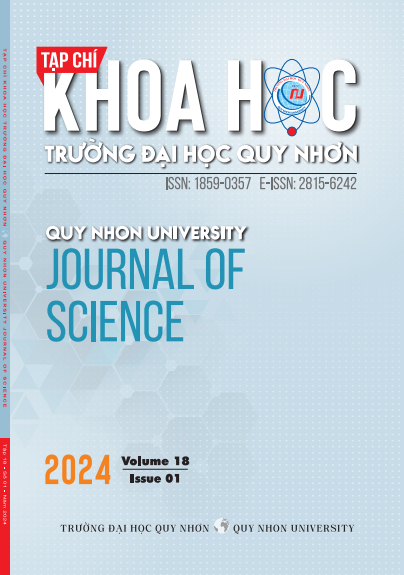Thành phần hóa học của cây lăn tăn
Abstract
Pilea, the largest genus of the Urticaceae, included over 600 species. This genus, first described by Lindley in 1821 and Weddell in 1869, is easily distinguished from other Neotropical Urticaceae by the combination of opposite leaves and ligulate intrapetiolar stipules in each leaf axil. Based on the isomorphy and margin morphology of the leaf 159 species were recognized and classified into three groups: Integrifoliae, Heterophyllae, and Dentatae. Killip in 1936 subdivided Pilea into 12 groups largely based on Weddell’s studies in 1856, 1869. Most of the species are small herbs, many of which are facultatively epiphytic or epipetric.Phytochemical investigations ofthe chloroform and acetone extracts of the whole plant Pilea microphylla led to the isolation of seven pure compounds, including ergosterol (1), β-sitosterol (2), daucosterol (3), isoarborinyl acetate (4), 2′,4′-dihydroxy-6′-methoxy-3′,5′-dimethylchalcone (5), 3,5,7-trihydroxy-8-methoxyflavone (6), and kaempferol (7). Their chemical structures were elucidated by extensive HR-ESI-MS, 1D and 2D-NMR spectroscopic data analysis, and comparison with previously published ones. Seven compounds were reported for the first time from Pilea genus.

